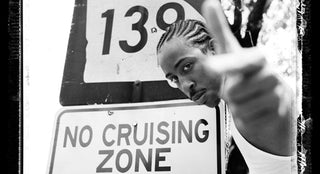I’ll keep it brief, since this interview is probably the longest one I’ve done to date. I found myself in a situation where I was face to face with someone who’s the embodiment of their profession/craft. How do I talk about photography with someone who’s shot anybody who’s anybody in hip-hop and has worked under Richard Avedon? Jonathan Mannion has a body of work that’s captured the turning point of hip-hop culture on top of his commercial work with a multitude of companies and brands. I was taken aback on how approachable he is. We spent the afternoon talking about technique, and how it’s the backbone of one’s craft. In all honesty, it was as if we were colleagues and not an interviewer and an interviewee.
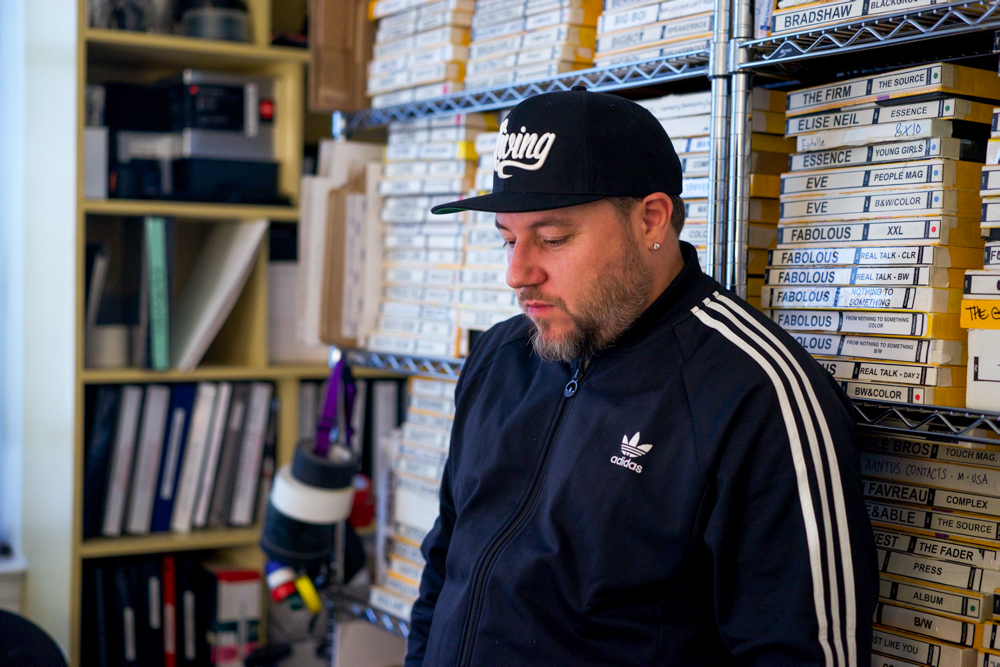
PETE PABON: For the readers of The Hundreds, who are you, where are you from, and what do you do?
JONATHAN MANNION: I am Jonathan Mannion, I’m a photographer, director, curator, and I’m from Cleveland, Ohio, originally and I have lived in New York for the last 21 years.
When did you know photography was going to be what you were going to do and your passion?
Looking back at the journey, I was always within the discipline of art and creativity as both of my parents are painters. I grew up looking at art – composition, light, technique – so it became unconscious. When I went to Kenyon College, I took photography my senior year there and it was when I shot my first roll of 35mm film of a basketball player named Ché Smith who played for Kenyon, that I decided photography was for me. I got on the top of the rim and I was like, “Can you just throw down, like, 30 dunks?” He was like, “Yeah, no problem.”
Realizing that I was making an important and lasting image that could never be taken away, and then learning the technical side: printing, developing, processing – I just fell in love with the art form in general; the craft of taking photos as well as communicating with individuals to make something important.
Originally, I thought I was going to go into advertising and years later, as it turns out, I’m still kind of doing advertising but through photography.
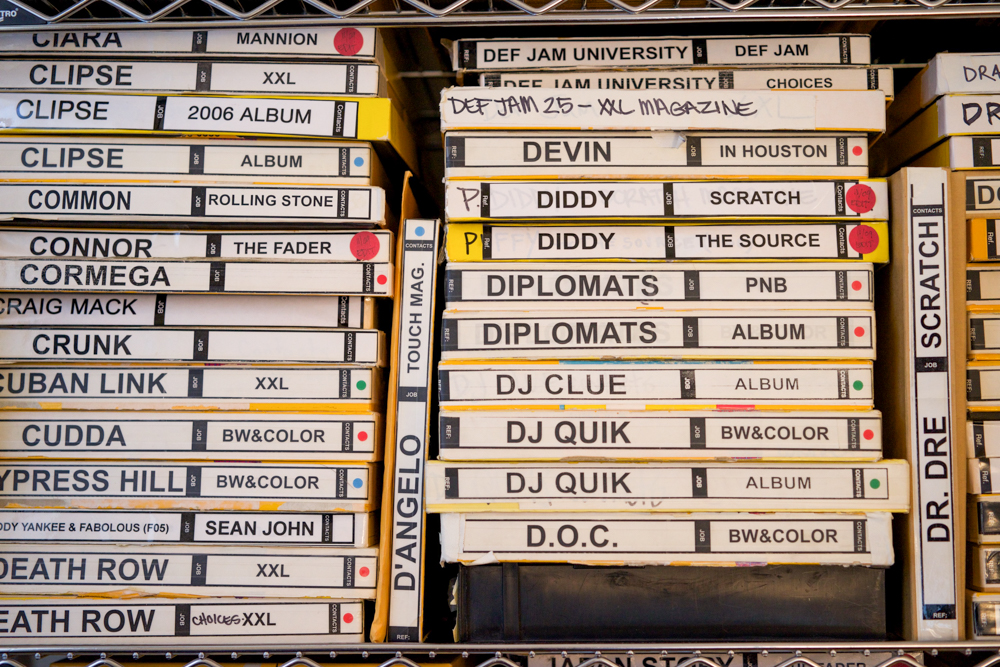
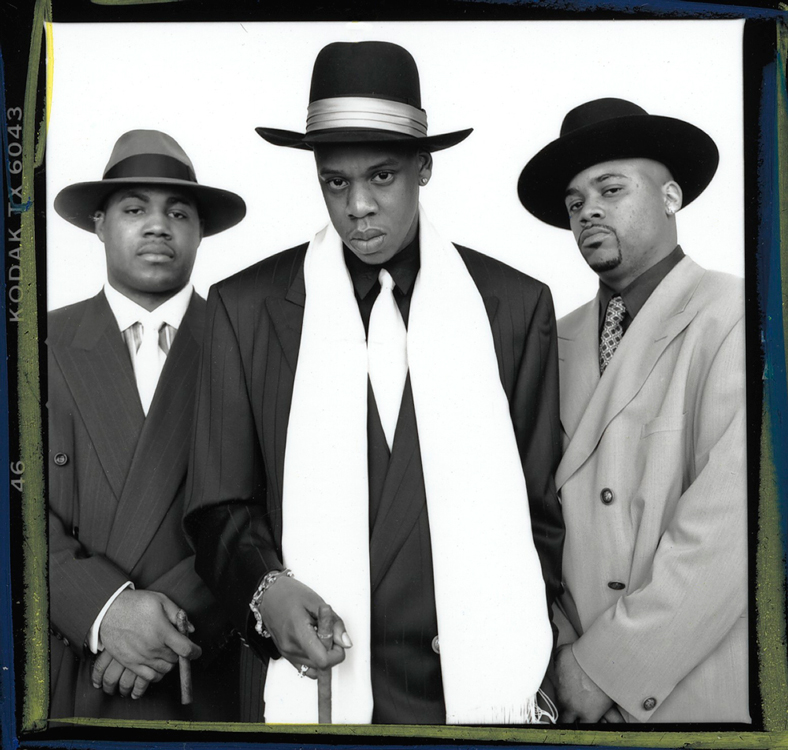
You turned a chance encounter with Richard Avedon into a full-time job at the studios, what was it like working with him?
My school, Kenyon College, gave Richard Avedon an honorary degree the year that I graduated. He held a master class of top students and I was one of them. A lot of Avedon’s staff were looking at my work and how I printed. Avedon, oddly enough, told me that my body of work was a failure because there was no human interaction; clearly he was looking at what I shot. I had decided for my thesis that I just wanted to have this sort of zen experience – thinking, reflecting, etc. – of just driving around this farmland in Ohio shooting these barns.
In a way, the barns really fit the concept of why I shoot; it’s to document something that’ll never be the same again. Barns are always in a state of deterioration, you can’t rip them down to the ground, it’s bad luck – just bring ill will to you family and crops and all this kind of stuff, so they’re left to age and fall apart. I loved seeing the aging process.
Even after being told that the specific body of work wasn’t to his taste, I ended up working for him a month and a half later based on my understanding of craft. So it really didn’t matter what I chose to shoot, it was about my dedication to the process and my dedication to doing a great job no matter what I was doing. If I’m cutting the grass, I’m going to do the best job I can do cutting the grass. If it’s screwing in a light bulb, I’m going to be the most efficient light-bulb-screw-inner ever. [Laughs]
I think that’s lacking nowadays.
Discipline, focus, clarity of vision, listening more than you speak, all these kinds of things enabled me to absorb all that Richard Avedon had to teach when I was an employee of his. It wasn’t an internship, I was hired.
That doesn’t happen anymore. I don’t think people take the time to actually master their craft.
There’s very few mentors out there, which is why I’m diving back in. I taught at SVA the other day, I’m speaking to people that I worked under like Michael Halsband, who did that famous Basquiat Warhol boxing glove thing that everybody copies – he’s the originator of that. He was friends with that whole art scene in NYC – he also went on tour with The Stones. These are the people that I want to learn from: Avedon, Steven Klein – the incredible creativity that each of these individuals possessed.
Leibovitz.
Yeah, Leibovitz, incredible. Tough cookie though, I know a lot of her assistants from coming up and it was her way or no way. But, I think that that reveals a passion and unwavering clarity of what she wanted to achieve in that moment. Nobody was stopping her from that and you’d hear about it if you tried to slack.
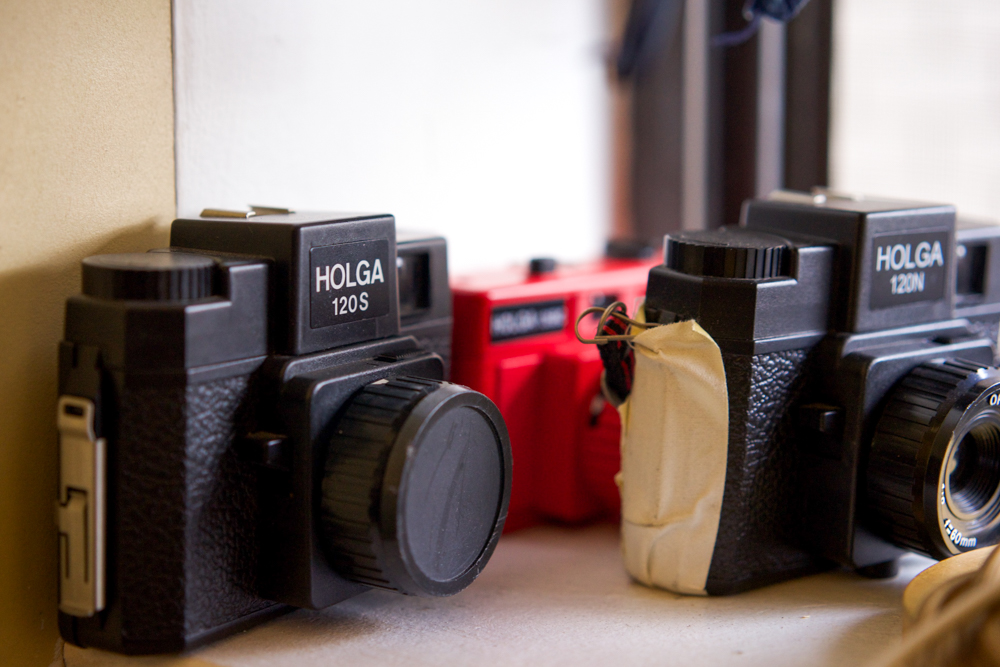
I think [for photographers], we have an image in our head before we shoot them… It’s a sixth sense, somewhat. You just know that something’s going to happen or you get a feeling.
It’s called the gift of anticipation. As a photographer, knowing what an artist (i.e. Kanye) is going to do at a certain point in a song, you can prepare for it and get that crazy Kanye “lean forward arm back and to the sky” signature move. Jordan, when he goes for a dunk, you know when he’s going to take off from the foul line in order to be able to catch these incredible moments.
That’s where technique and mastering your craft comes into play.
100% with you.
“[The reason I shoot is] to document something that’ll never be the same again.”
It’s not spraying and praying and hoping that one of those frames is going to capture a moment.
Yeah man, no spraying and praying. There’s no shooting with the law of probabilities, otherwise you should just be a filmmaker and just point the camera and trigger. That’s called making film. If you’re a photographer, it’s about waiting for those decisive and clear moments.
You’ve created some of the most iconic portraits on album covers in hip-hop in the last 20 years. From Reasonable Doubt to one of my personal favorites, DMX’s Flesh of My Flesh, Blood of My Blood.
I just pulled that session from my shelf earlier today because of a technical conversation about lighting.
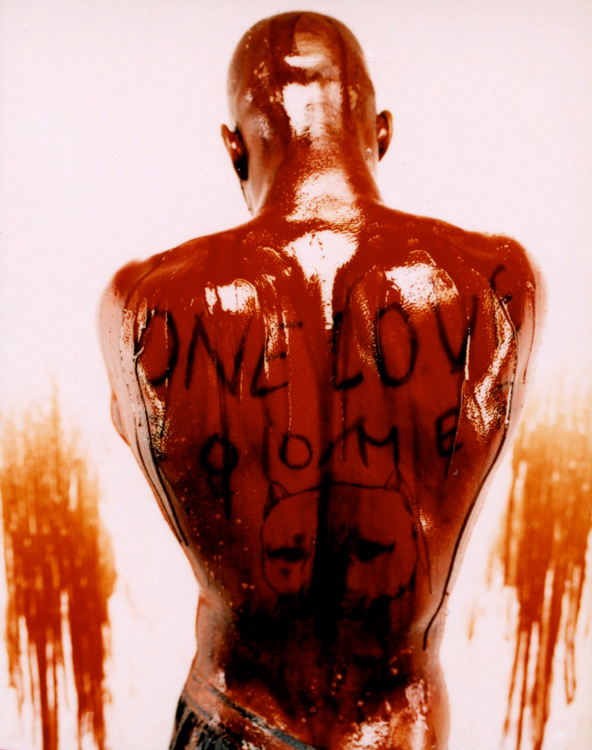
Where do you draw inspiration – direction for your work?
Inspiration comes from everywhere: New York City is inspiration, my pedigree, every lesson that I’ve learned along the way from assisting, etc. But I guess the biggest challenge in shooting musicians is to really try to nail what that particular project is going to feel like forever. I always ask for as much information from my subjects as possible; Can I listen to the music? Can I get on the phone? Can I figure out what the title means to you? What is the title? What are the names of the songs? All those things are pieces of inspiration upon which to build.
On top of that, being inspired by the particular artist that you’re shooting allows you to kick into another gear. General knowledge of music or being inspired by certain artists always helps to define your vision. I can speak to you at length about Depeche Mode, Kiss, Phil Collins, The Police, Morrissey, as well as Big Daddy Kane, Kool Herc and The D.O.C. – it’s pairing my love for music and my music journey with the ability to now document these musicians that have been most inspiring to me. I chose two things that I truly care about, MUSIC and ART. My visuals are my contribution to the music that will last forever. I want to be remembered as one of the best to ever do it.
You definitely are, your body of work speaks for itself. I don’t know, I’m in awe that I’m sitting here talking to you.
Nah, man... I’m such a down to earth dude though. I can look back and say I was like you 15 years ago or something like that. That levels the playing field in a way. When you’ve earned it from hard work. What’s interesting for me is to now be so aware of the new world of shooters and seeing shooters, like you said, spraying and praying... it’s tough to watch. You want to say, go back to school and learn your craft, assist someone... True talent separates itself from the pack even at the beginning of the journey... you are definitely one of the people of this generation that has a great comprehension of that. I think Mel D. Cole is another shooter who is passionately chasing the work. There are certainly others, but I’ll just leave it with the two examples right now – but there’s a different layer of connection, of passion that is needed for shooters. Even speaking to you now, you have a different understanding of craft and what it means. You walked in with four cameras over here – you have tweaker sensibilities when it comes to being prepared. For example, I have an 8×10 Deardorff camera within three feet of me right now that I shoot still. I shot Stally on that camera last week. That is the same camera that Avedon shot In the American West on. That is what it means something to me; the arsenal comes out for those that I feel deserve it, or something that’s important to me. That’s inspiring to me, to just maintain a high-level understanding of process. The photographic process, not the art of “digitography.” The process means so much to me.
Think about this – many kids won’t EVER load a roll of film, most of them in fact. The digital and social media shooters of the world, I don’t know, there are only a certain amount of filters – then what? I can do anything that your filters do in real life and so much more.
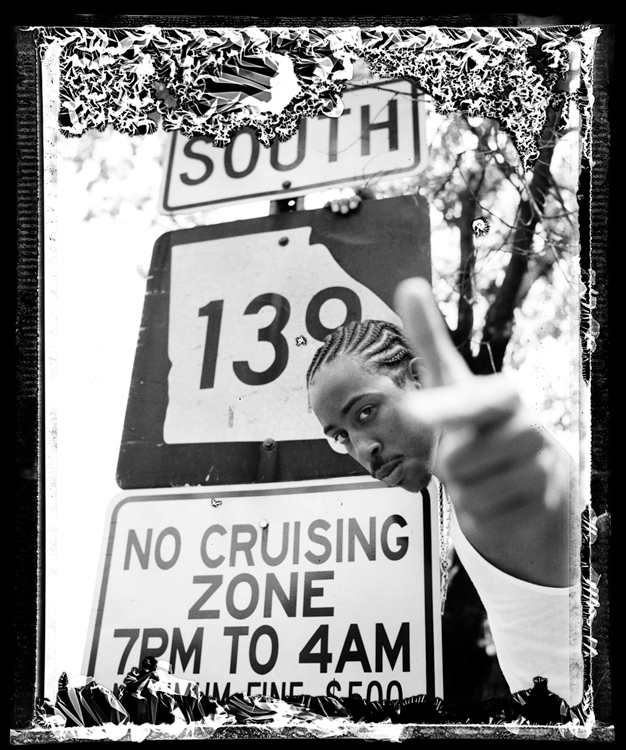
I recently bought a Nikon F5, a film camera I’ve always wanted, though I’ve always shot film, I felt I needed something faster…
I was always relentless as far shooting fast. I was breaking winders on Pentax 6x7s EVERY shoot. I have about 14 6x7s and I’ve had nine of them stolen before that. That’s like 20 freaking cameras. [Winder hand gesture] Boom, winder again, alright take that one out of rotation, cool, bring camera number 13 in. My crew can load film into a Pentax faster than anybody on the planet man!
‘Cause you had to have it there.
Yeah, you get ten frames a roll and they can go fast when you’re shooting artists.
You shot the Bushmills stuff on that? The Theophilus London shoot you did for example –
I shot that on the Hasselblad H3 because I had to turn in the film so quickly to the agency for approvals. It needed to be a high-end digital session. That said, I was of the last holdouts of shooting exclusively film. After a while, people couldn’t wait two or three days for contact sheets to come back, to be able to choose, and another day or two to get scans back. People didn’t have a week to spare because they were right up to the edge of the deadlines. I get it, so I adapted, but I miss the film days for sure.
“There’s a different layer of connection, of passion that is needed for shooters.”
They want the feel of film –
But more importantly, they want to walk off set with the whole session on a hard drive.
Before, you were shooting a Polaroid first to make sure you were all right.
Absolutely true. Speaking of Polaroids for a second, they can be a great way to slow down the process and really communicate in a different way with your subject. I shot about a dozen legendary artists on a Polaroid camera, a 20×24 Polaroid camera – there are three in the world, one’s in Berlin, one’s in San Fran, one’s in New York.
I shot LL [Cool J], Russell Simmons, Salt and Pepper, Ice-T, Kook Keith, Curtis Blow – it was such an incredible experience knowing that I was only going to get four frames per session. PER ARTIST. I get four clicks of the camera for the whole day’s work. That’s a brave move! Are you going to achieve the shot? Do you know what you’re doing enough to not miss? Because each sheet is $250. We talked about shooting with the law of probability – there is none of that happening for these sessions. You’re shooting with absolute patience, clarity, and certainty to really make sure that you nail the shot.
You have to create the picture and inspire them to get in front of the camera again to be able to capture THE shot in only a few frames.
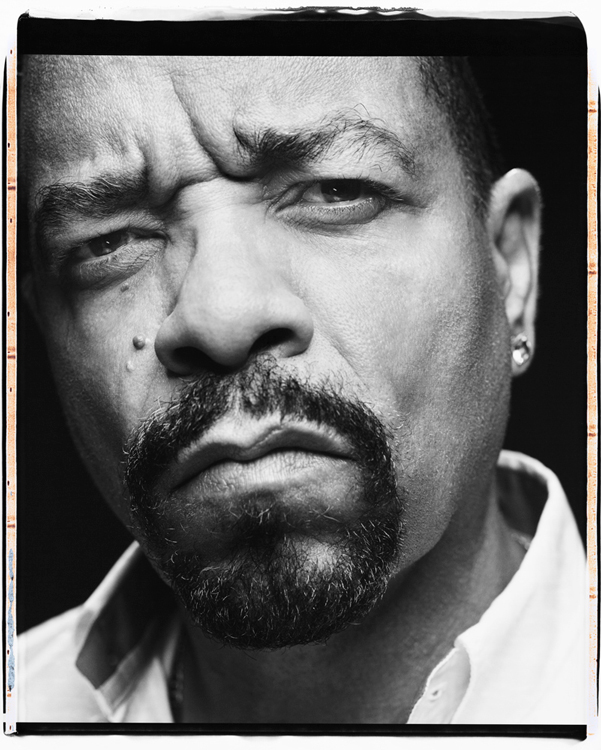
All the while making them feel comfortable and –
And we only have four clicks to get it right. There was no way of getting into a flow or a rhythm. Conversation was the only way to get people in the right zone. For the shots of Ice-T, I just wanted him to stare down the camera. Obviously he’s a professional, it was easy for him. As it was for everybody that I mentioned quite frankly. All of these people have become legends because they know what they’re doing.
Four frames dude! That’s the challenge, four frame photo shoot, are you going to get the shot?
That sounds like a great challenge.
In four frames on non-digital cameras, can you get a shot that’s dope?
That sounds like a contest.
It feels like a contest, I’m down to challenge the masses. If The Hundreds are down to do it then let’s do it. 100 applicants, four frames, non-digital, and that’s it. Not 4 chosen frames. 4 frames total you have to turn in the whole roll with blank frames on it as proof. Should we do large format? Because then we’ll weed out a lot of people right there. But, that might be a good challenge because it encourages people to explore a different level of the art form. It might be medium or large format and we’ll give them the option of 4×5 too. 4×5, 8×10, 20×24. Four frame challenge!
Would you say portraits are your favorite things to shoot? What is it about portraits that you’re drawn to?
I think it’s about communicating with a person in that moment. It’s the exchange, it’s the dialogue that you’re able to have with that person in that moment. Especially in music, these are people that a lot of folks will never meet, ever. And the fact that many of them have become friends and supporters of my craft is the biggest reward and the reason why I love portrait photography. It’s just that human interaction and I see less and less as people continue to hide behind computers and ampersands with their name behind it. They feel like they can spew out anything; they’re losing communication; they’re sending a text before calling; they’re sending an email before calling. Pick up the damn phone and call somebody. If you have an issue with someone, show up and resolve it. Have the conversation, reason it out, and move on. I had this conversation in a cab last night, and I guess I speak about it often, but people are losing the ability to really communicate, to spend quality time, to stop, to relax... like what we’re doing today.
This conversation that we’re having has been a rich exchange in a sea of “I need it yesterday,” “Get it done,” “Send that over”... it’s refreshing.
Then there are moments that you breathe and realize more about yourself, more about your own process. But also inform your process with new information about someone else who’s doing it. I encourage photographers to speak to each other.
There’s enough work for everybody, everybody can shoot that same person. There’s 15 people that can shoot A$AP Rocky, you know? [Laughs] It’s a real thing. That leads to a whole other topic really though – out of those 15 photos, which is the best and why? That is a huge component of my early learning – having to defend my work.
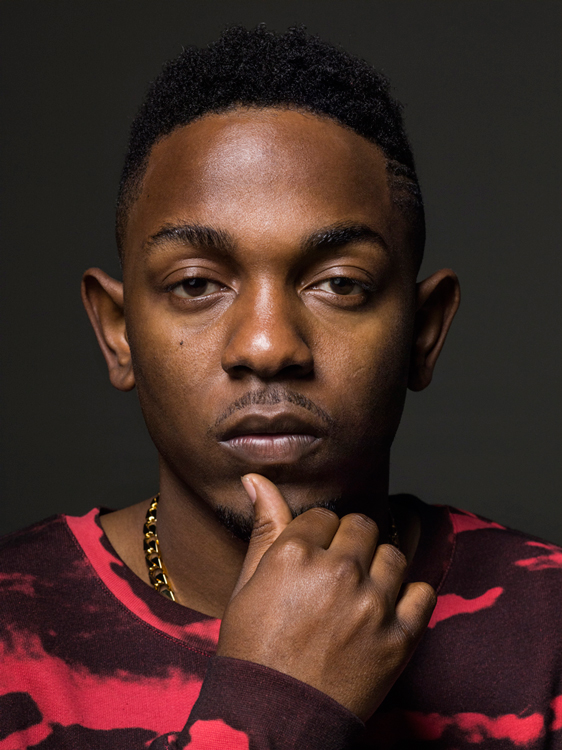
Jonathan Mannion: It’s also about concept and doing what is in your heart. For example, DMX in the blood. I did a ton of research so that I can defend my work and have it relate perfectly to the subject at the same time be fulfilling to shoot. I have to inspire the artists too, to make them believe in my concept. “Wow, I never really thought about it like that. That’s so dope, I’m going to get in that tub because of what you just told me about why I’m doing this.” I say that as an example.
At the beginning, there were people that I challenged like, “Why did you do that?” “I don’t know, because that’s what I did.” “No, why did you?” And they crumble. I’ve had people on the edge of tears like, “Hey, man come here,” you have to give them a little hug, “I’m just telling you because I want to you to know why you’re doing what you’re doing.” It’s going to make you infinitely better as a photographer to know your process.
The technical side of things is invaluable, but that side of the process should be unconscious. Your technical abilities should just allow your brain to just flow. And to be in a flow of creation at all times. It’s hard enough with moving components, especially within an industry where people can be challenging to deal with sometimes. Big egos, big presence, big demands, lack of time, fatigue from the night before in the studio, extra demands put on them by the label. You’d better be a compassionate, understanding and patient person to want to be a hip-hop shooter. Thankfully, I am all three.
Do you carry that same principle over to your commercial work for Nike, Reebok, Bushmills?
Absolutely. I just think there’s a different set of questions that you have to ask in order to really be doing your job properly in advertising space. Things have to check a lot of boxes. With album covers, there’s a bit more freedom to create and to react to situations. I would still overachieve at all times because I was making something that I wanted to become timeless and legendary for that artist. I would always want shots that nobody else had and worked passionately to achieve that.
Ultimately, it’s really the same, taking pictures and getting performances out of people is the essence and the heart and soul of what I do. There are just different criterions that you have to put on the work that you’re creating in any given moment. “We’re going for this, this is our look, these are the rules, these are our parameters in which you get to play today. Here you go and go play.” There’s just a different understanding of what you’re making in the end. But ultimately, I always go for authentic, natural, believable, and passionate, whether that’s happy, sad, angry, whatever within the range of human emotions. That’s what I go for. I think the Bushmills campaign is a great example of removing the environment entirely and demanding performances from people.
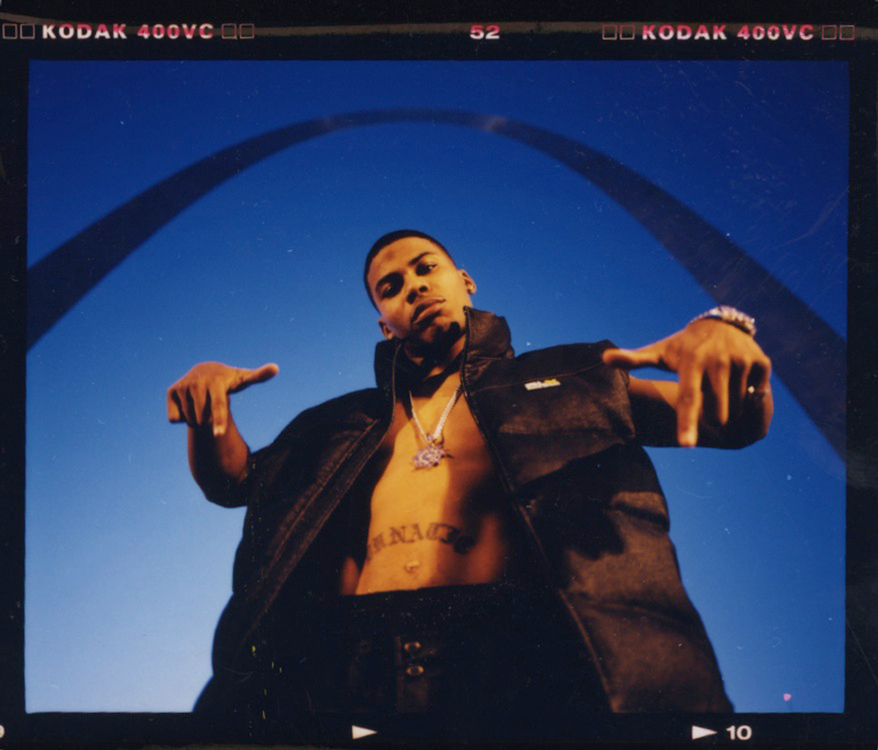
Have you found longevity in the hype-then-hate society? People nowadays jump on something and then soon jump off. It’s short attention span, it’s instantaneous, instant gratification. How do you feel in terms of that?
I don’t really – in the words of Chuck D, “Don’t believe the hype.” I’ve learned, very classically, my craft through Richard Avedon and from 8x10s to Deardorff: Honor the old art form; Take pictures that are going to last forever. I want to do the definitive picture of the person in the moment, I say it all the time and it’s the clearest way that I can describe what I do. A manifesto really. When you close your eyes and think of a picture of DMX, it’s going to be mine. When you close your eyes and think of a picture of Jay Z, I want it to be mine. I want it be mine for Nelly, Ludacris, for Outkast – Outkast with the flag, “Oh, yeah I know that one.” DMX with the blood, “Yeah, I know that one.” Aaliyah against the background with the fur for I Miss You, “I know that one.”
That’s what I chase; I don’t chase the hype. There’s things that come in and out of style, but I think if you look back at Cartier Bresson’s work or Jim Marshall’s, they’re capturing images that are going to last forever. It’s nice to receive accolades for your work and, certainly, part of that is how you present yourself within a new society of social media. But that’s not what I’m driven by; I’m driven by my own desire to create the best picture I can.
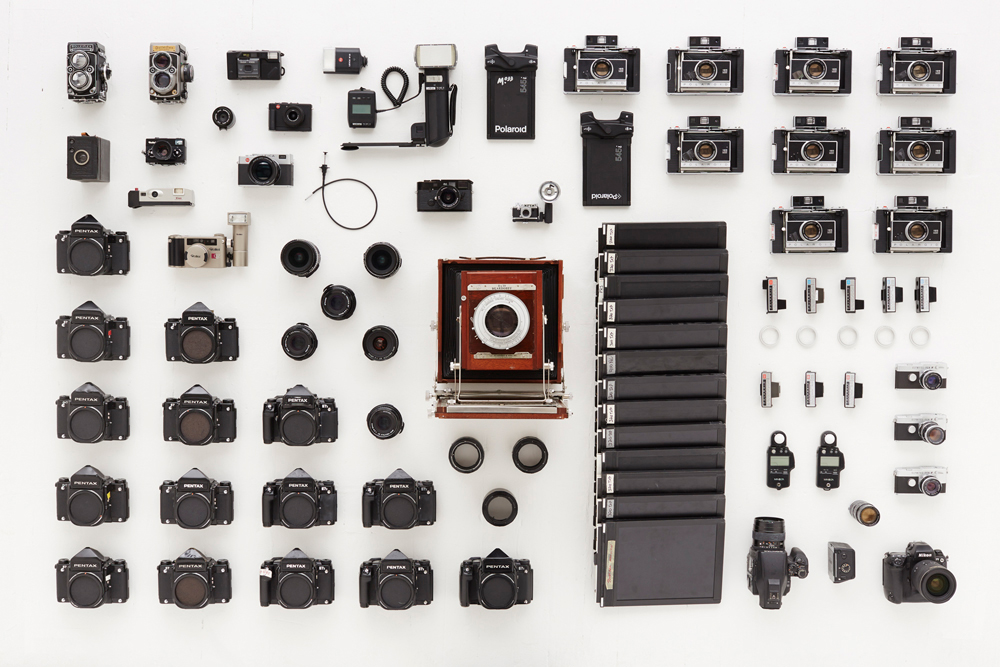
What advice would you give to someone pursuing photography currently?
Don’t. [Laughs] No, I’m kidding. The advice goes back to the opening statement that we had about understanding about craft and knowledge. I encourage people to really listen to, absorb skills, and watch other people work. Help people, assist people, selflessly give of yourself because you will gain so much knowledge.
That would be the number one thing, know the craft. I don’t believe in fake it until you make it, I really don’t. I think you should study and learn and look at look at photos and understand the difference between good photos. Understanding what you’re looking at will also help your process. So many people can’t curate images now.
“Honor the old art form; Take pictures that are going to last forever. I want to do the definitive picture of the person in the moment, I say it all the time and it’s the clearest way that I can describe what I do.”
Second thing would be to learn how to edit the work. If I line up ten pictures in front of me from random people, I can put them in order of what I love instantaneously. Certainly it has my own sensibility or “filter” on it. But if you know what you’re looking at and it will inform your work immensely. But, even if you get all the technical knowledge, you still have to have that “it” factor. There could be the most lyrical MC ever but if they don’t have that “other gear” you might not succeed. It’s that star power or passion whatever it is. You kind of have to have “it” on top of skills to really be one of the best in any arena. It’s important to understand your gift and to know what true talent looks like.
Photography is very subjective though, so I would encourage people to follow their dreams ultimately. But, be prepared for the competition. Really defining what it is that’s in your heart that you want to allow people to see from your vision is the biggest goal and, at the same time, challenge to somebody wanting to be a shooter. Be real with yourself.
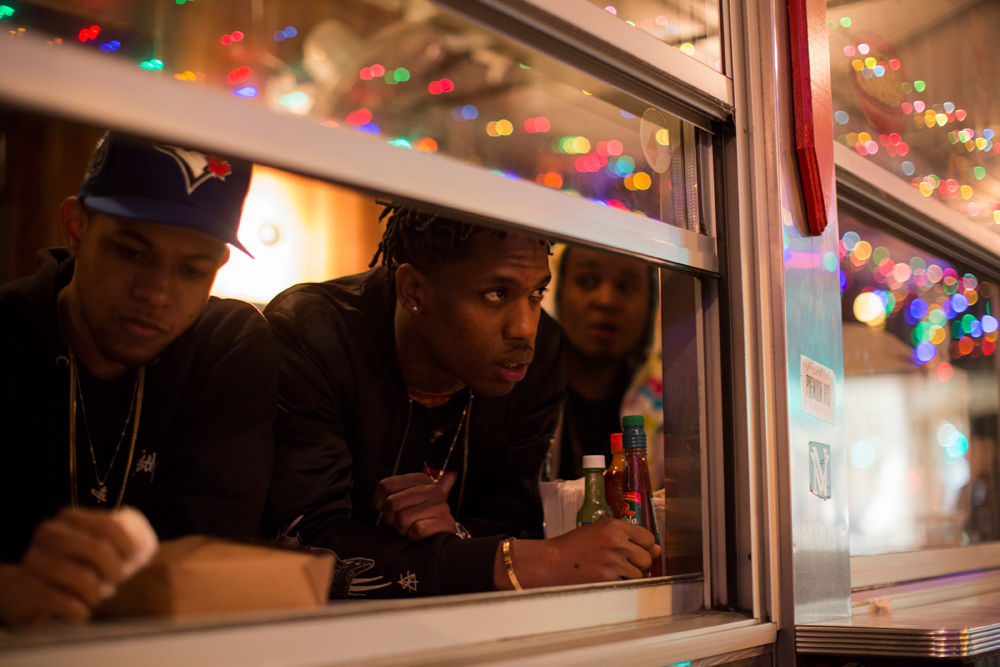
I look at photos, and for me, I look at how it would look on a page; portrait landscape. That’s how I see it, that’s how I see the world, in a frame.
So here’s another thing – like cropping and composing for what you want. I always printed with my borders because I wanted people to know that I didn’t just crop into the frame. I’m never a do it in “post-” guy, I’m a do it in “pre-” guy... set it up, and create it.
That’s what the viewfinder is for.
That’s what it’s for. Push your level of understanding so that you know your camera so well that you can frame within a fraction of an inch of the edge of the border, truly compose it how you want it and shoot it.
The story is important too... Don’t shoot on green screen and then drop somebody into Africa later; take them to Africa. The sensibilities are totally different there; different air, different food, different people looking at you and staring you down. How’s that going to feel? It’s going to show in your face. Go there, have the experience. We’re here to experience life, and I want to do it as richly as possible.
Can’t blame you. I’m in the same boat, that’s why I chase the stories that I want to chase; I want to experience them. I want to grow as a person and the only way I can grow as a person is through talking through my peers and having those exchanges.
This becomes a record of what’s important to you; it’s your unique curation of the world.

Any parting words?
My parting words are I’m excited for what’s next. It’s easy for me to sit over a 20 year career and say what I’ve done right or what I’ve done wrong but, I ultimately I have a perspective that’s very clear and educated on an art form. But in the same breath, I’m so excited for what the future holds for me. I’ve simplified things a lot to be free to create.
The universe, God, forces of nature, creative energies and whatever is pushing me has sent me on a new “chase” and I’m going to chase it passionately. That is my motivation. I’m at the beginning of what’s next. The journey always begins anew – every day, every week, every hour you have an opportunity to not let up. I don’t want to say some corny cliché like “No days off,” but I do feel dedicated to making something really important for the world to know that I was here and gave it my all.
Make the most of your time because none is promised.
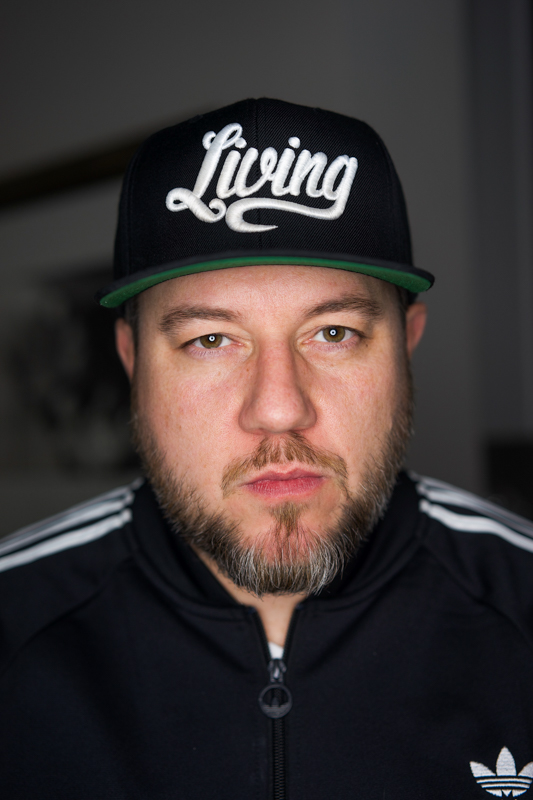
***

